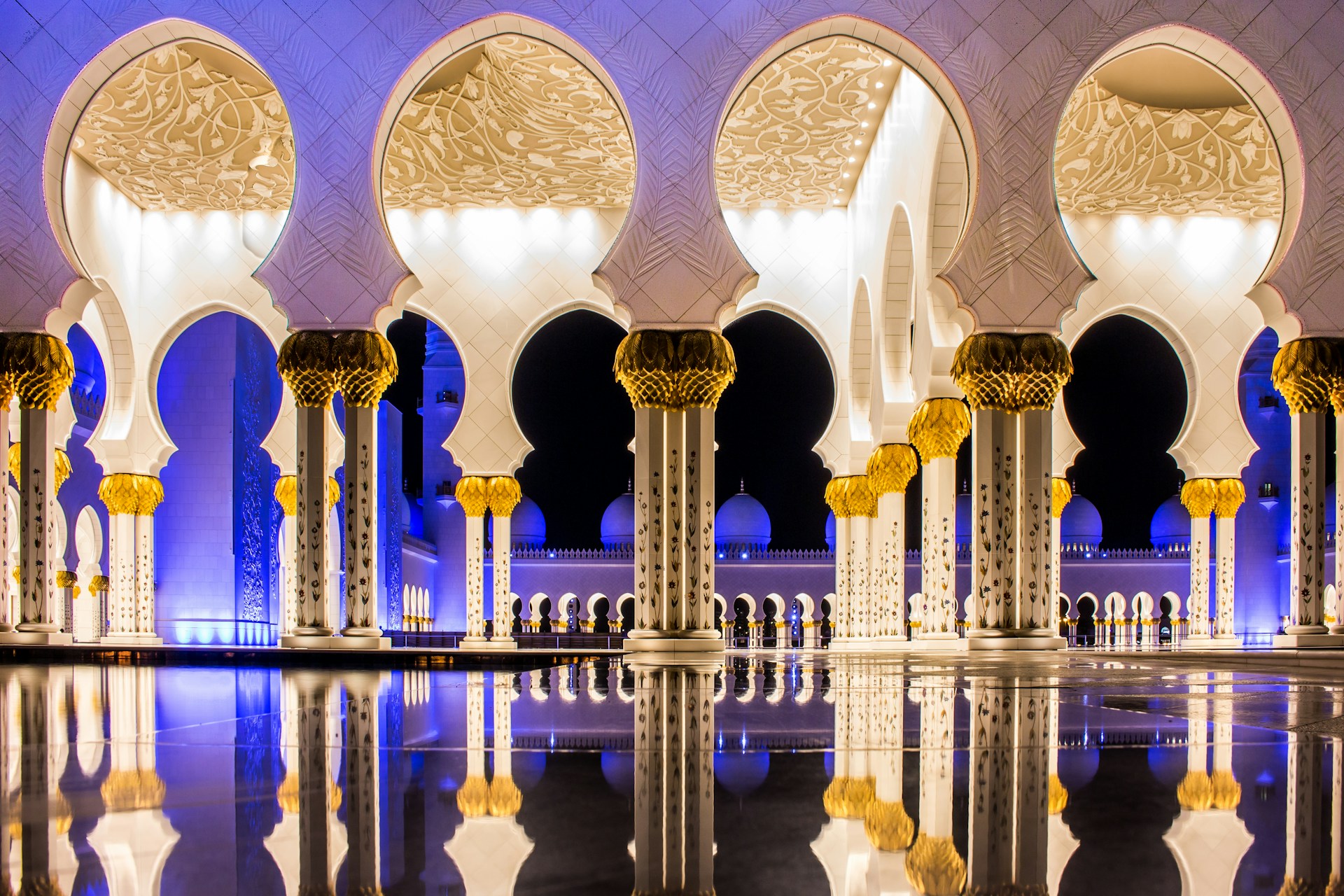Abu Dhabi is reshaping its role in the global travel landscape, transitioning from a stand-alone destination into a dynamic hub that connects continents. Through its new “flow tourism” strategy, the emirate aims to position itself at the centre of international movement – a corridor through which travellers, ideas, and experiences converge before dispersing across Africa, Asia, and Europe. This marks a strategic evolution in how nations perceive tourism: not just as an endpoint, but as an ecosystem built on connectivity and continuity.
The initiative builds upon Abu Dhabi’s natural geographic advantage and substantial infrastructure investments, including the new Zayed International Airport Terminal A and expanded Etihad Airways routes. Together, these assets enable the city to capture a growing share of multi-leg travellers – those who combine business, leisure, and stopover experiences. The focus is on transforming transits into opportunities, offering travellers high-quality experiences even during short stays. Luxury lounges, short-stay hotels, and curated cultural itineraries are central to this model, turning layovers into meaningful engagements.
This approach reflects a broader shift in global travel behaviour. Travellers today seek flexibility and value journeys that maximise time and experience. Abu Dhabi’s flow model capitalises on this by integrating transport, hospitality, and cultural programming into a seamless network. It also aligns with sustainability goals – encouraging longer, more efficient travel patterns rather than fragmented, short-haul trips that strain both travellers and the environment.
For international travel operators and investors, the implications are profound. Real estate near key transit points, short-stay luxury concepts, and cross-border partnerships stand to benefit. Airlines and hospitality brands, too, can collaborate to create hybrid offerings that bridge the gap between transit and destination – a concept that could redefine premium travel in the coming decade.
In the wider context of international tourism, Abu Dhabi’s flow strategy represents the next stage of evolution: a recognition that the value of travel lies not only in where people go, but in how they move. By transforming connectivity into an experience, the emirate is not just linking regions – it’s shaping the rhythm of global travel itself.


